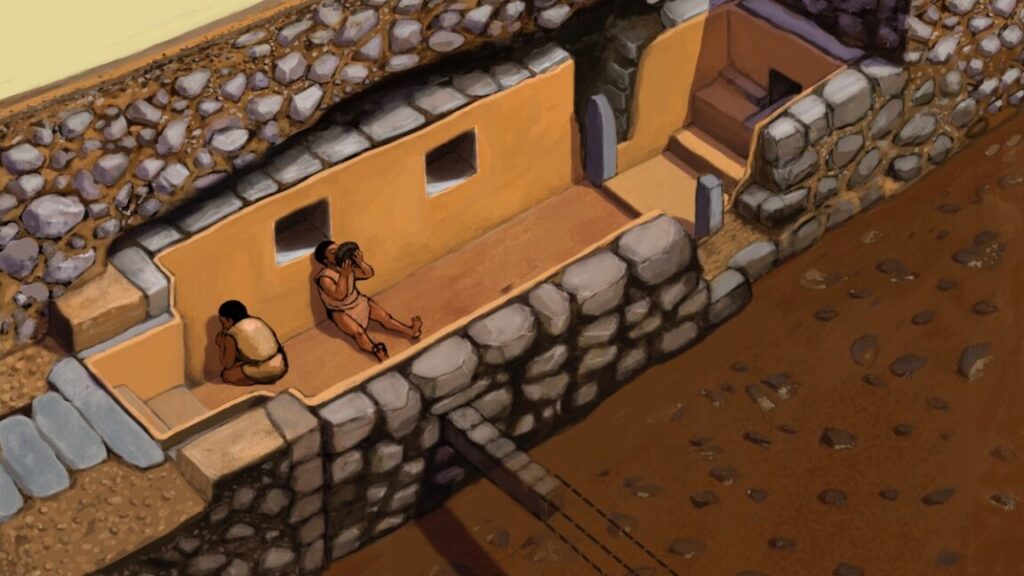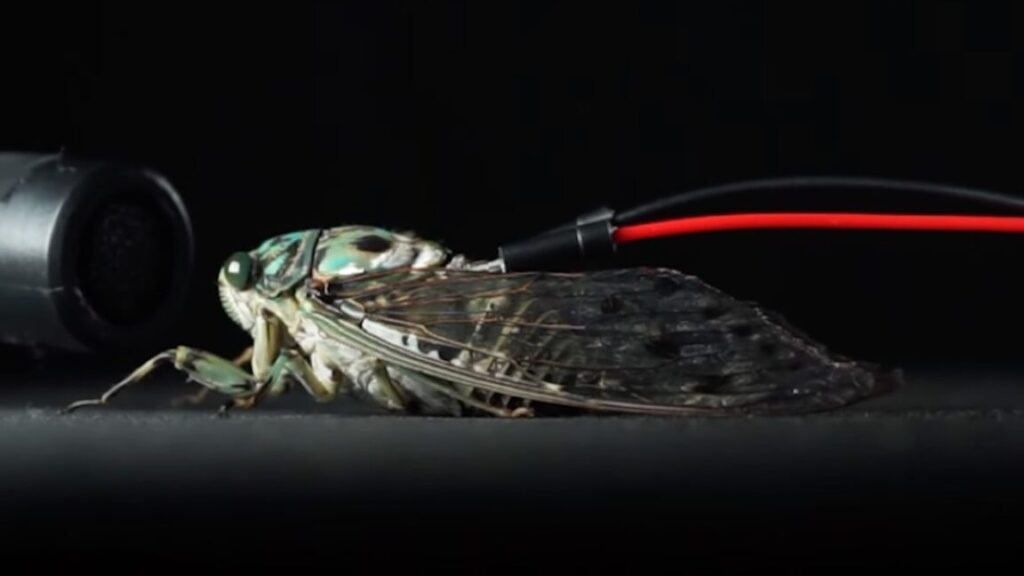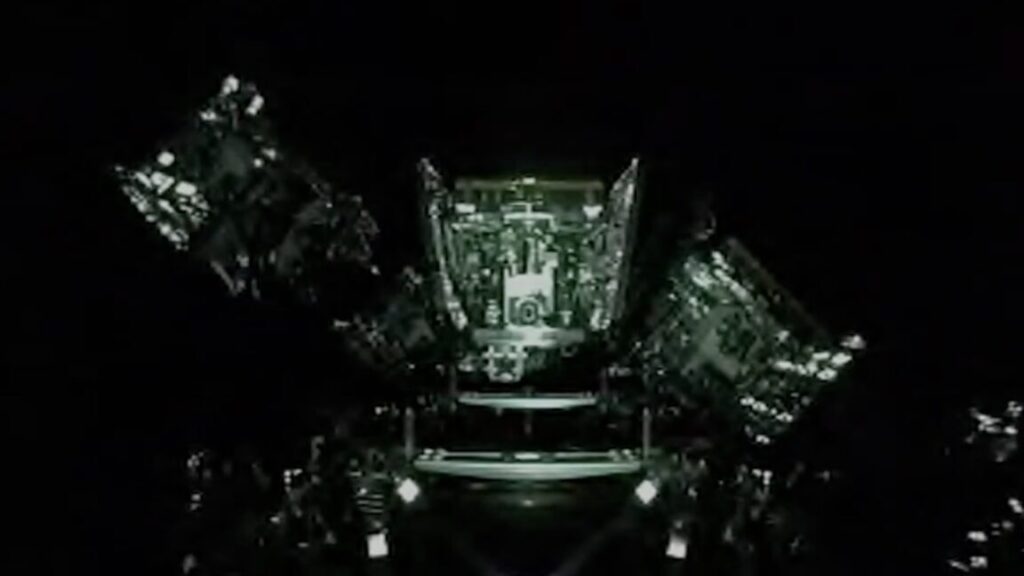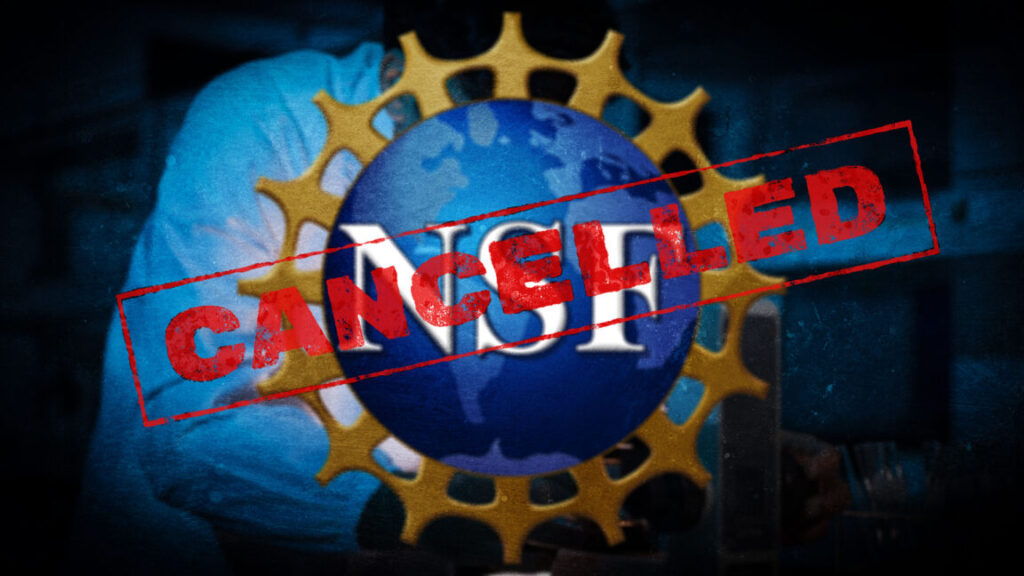Trump just made it much harder to track the nation’s worst weather disasters
The Trump administration’s steep staff cuts at the National Oceanic and Atmospheric Administration (NOAA) triggered shutdowns of several climate-related programs Thursday.
Perhaps most notably, the NOAA announced it would be shuttering the “billion-dollar weather and climate disasters” database for vague reasons. Since 1980, the database made it possible to track the growing costs of the nation’s most devastating weather events, critically pooling various sources of private data that have long been less accessible to the public.
In that time, 403 weather and climate disasters in the US triggered more than $2.945 trillion in costs, and NOAA notes that’s a conservative estimate. Considering that CNN noted the average number of disasters in the past five years jumped from nine annually to 24, shutting down the database could leave communities in the dark on costs of emerging threats. All the NOAA can likely say is to continue looking at the historic data to keep up with trends.
“In alignment with evolving priorities, statutory mandates, and staffing changes, NOAA’s National Centers for Environmental Information (NCEI) will no longer be updating the Billion Dollar Weather and Climate Disasters product,” NOAA announced. “All past reports, spanning 1980-2024, and their underlying data remain authoritative, archived, and available,” NOAA said, but no data would be gathered for 2025 or any year after.
According to NCEI’s FAQ, every state has experienced at least one billion-dollar disaster since 1980, while some states, like Texas, have been hit by more than 100. The Central, South, and Southeast regions of the US are most likely to be hurt most by the data loss, as those regions “typically experience a higher frequency of billion-dollar disasters,” the FAQ said.
Trump just made it much harder to track the nation’s worst weather disasters Read More »













